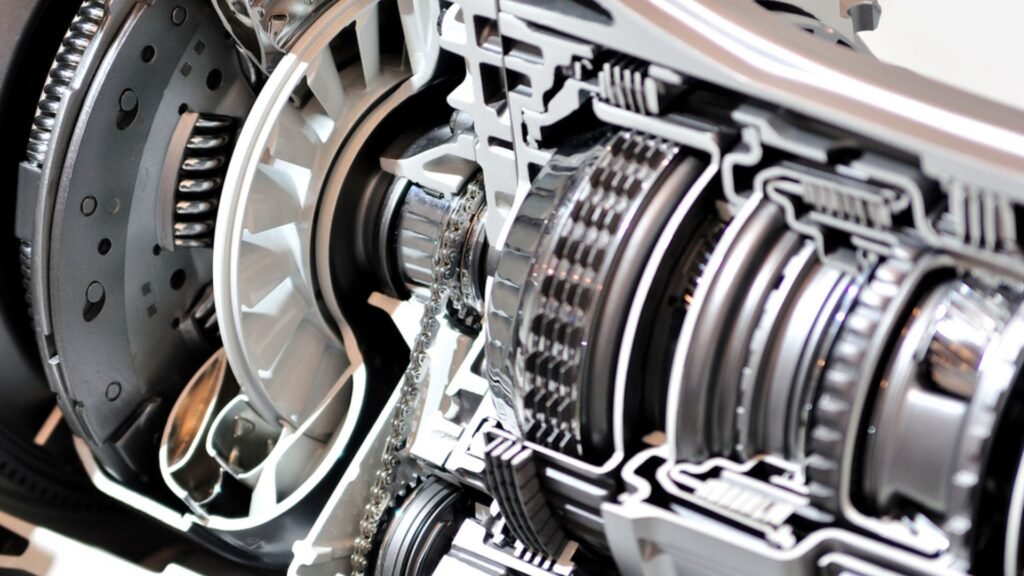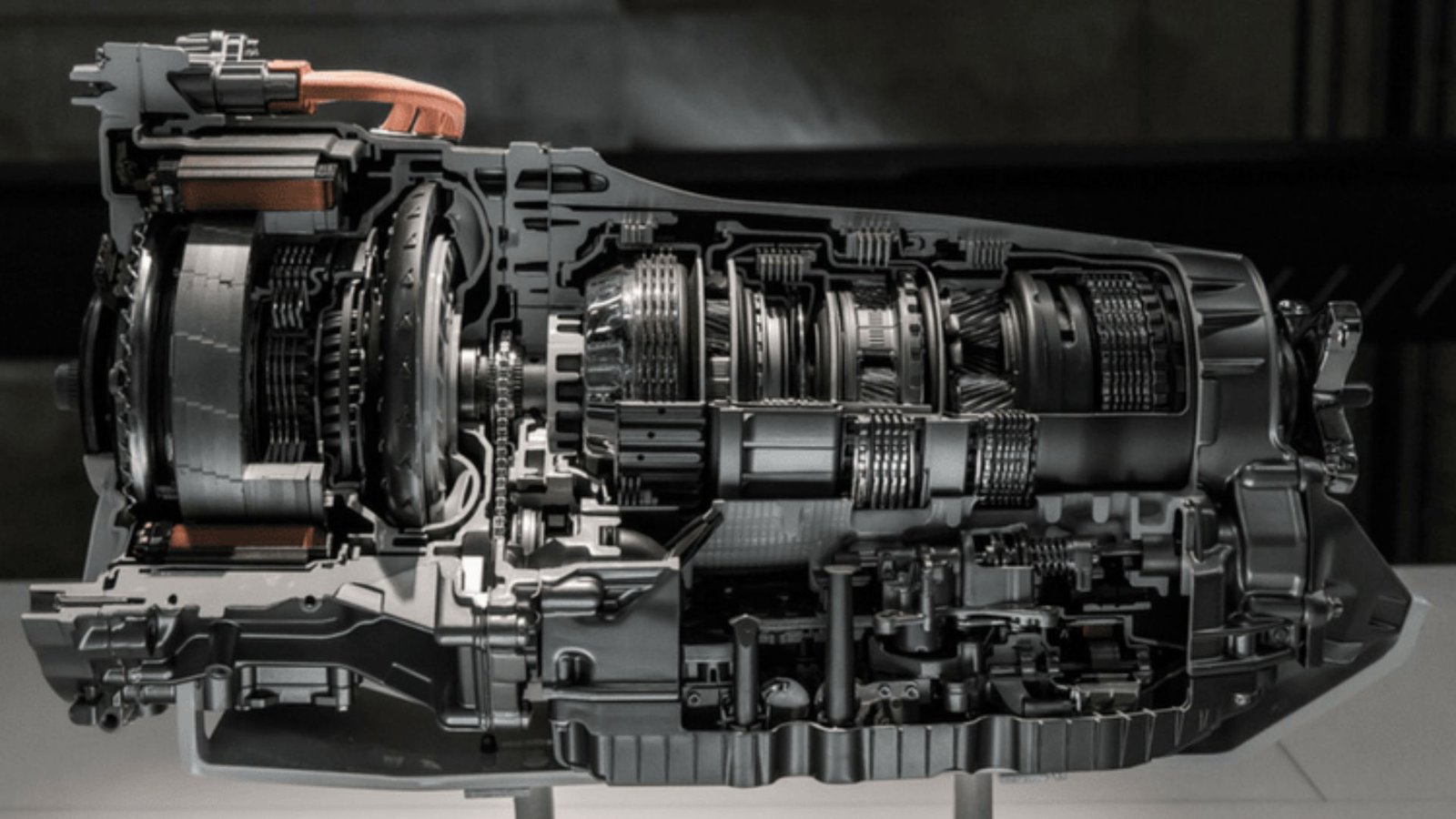Diagnosing Manual Transmission Problems
When it comes to diagnosing manual transmission problems, knowing what to look for can save you time, money, and stress. Manual transmissions are beloved for their engaging driving experience and better control over your vehicle. However, they can develop issues over time. In this guide, we’ll walk you through the common symptoms and solutions for diagnosing manual transmission problems, ensuring you can address issues before they become severe.
Common Symptoms of Manual Transmission Problems
Diagnosing manual transmission problems starts with recognizing the symptoms. Some common signs include:

- Difficulty Shifting Gears: If you find it hard to shift gears or if the shifter feels sticky, it could be due to a problem with the clutch or the linkage. This issue can often be resolved by checking the clutch fluid levels or adjusting the linkage.
- Grinding Noises: Grinding noises when shifting gears can indicate worn synchronizers or damaged gears. This noise usually means that the transmission is struggling to mesh the gears correctly.
- Clutch Slippage: When you notice that the engine revs increase without a corresponding increase in vehicle speed, this may be a sign of clutch slippage. It often happens because the clutch is worn out or misadjusted.
- Unusual Vibrations: Vibration during acceleration or gear changes can signal issues with the driveshaft, mounts, or transmission bearings. These vibrations should be checked out as they can affect driving comfort and safety.
Checking the Clutch System
One crucial aspect of diagnosing manual transmission problems is the clutch system. The clutch allows you to engage and disengage the engine from the transmission, and a problem here can cause many issues. Start by checking the clutch pedal for any unusual resistance or looseness. Also, inspect the clutch fluid level and top it up if necessary.
Inspecting the Transmission Fluid
Transmission fluid is essential for the smooth operation of your manual transmission. Low or dirty transmission fluid can lead to shifting problems and internal damage. To check the fluid, look for a dipstick or a fill plug on the transmission. Ensure the fluid level is correct and that the fluid is clean. If the fluid is dirty or has a burnt smell, it might need to be replaced.
Examining the Gear Linkage
The gear linkage connects the gear shifter to the transmission. Over time, this linkage can become loose or misaligned, causing difficulties when shifting gears. Inspect the linkage for any visible wear or misalignment. If necessary, adjust or replace the linkage to ensure smooth shifting.
Listening to Unusual Noises
Pay close attention to any unusual noises while driving. Grinding, whining, or clunking sounds can provide valuable clues about the condition of your transmission. Grinding noises often indicate problems with the gears or synchronizers, while whining sounds can suggest issues with the transmission bearings.
Checking for Leaks
Transmission fluid leaks are a common issue that can lead to serious problems if not addressed promptly. Inspect the area around the transmission for any signs of fluid leaks. If you notice any puddles or drips, it’s essential to find and fix the source of the leak to prevent further damage.
Observing Gear Engagement
Proper gear engagement is another key area in diagnosing manual transmission problems. If you experience difficulties in getting the gears to engage smoothly or if they pop out of gear, it could be due to worn synchronizers or a misaligned shift fork. These issues often require professional attention to resolve.
Assessing the Drive Shaft and Mounts
The drive shaft and transmission mounts play a significant role in the operation of your manual transmission. Worn or damaged mounts can cause vibrations and alignment issues. Check the condition of these components and replace them if necessary to maintain smooth performance.
Reviewing Maintenance History
Reviewing the maintenance history of your vehicle can provide insights into potential transmission issues. Regular maintenance helps prevent many common transmission problems.
Seeking Professional Help
While you can diagnose many manual transmission problems yourself, some issues may require professional attention. If you’re unsure about the diagnosis or the required repairs, it’s best to consult with a certified mechanic who can provide a thorough inspection and accurate diagnosis.
Conclusion
Diagnosing manual transmission problems involves paying close attention to symptoms and conducting a thorough inspection of various components. By understanding common signs such as difficulty shifting gears, grinding noises, and clutch slippage, you can take proactive steps to address issues before they escalate. Regular maintenance and timely repairs are crucial to keeping your manual transmission in top condition. Whether you handle the diagnosis yourself or seek professional help, staying informed will help you keep your vehicle running smoothly.

